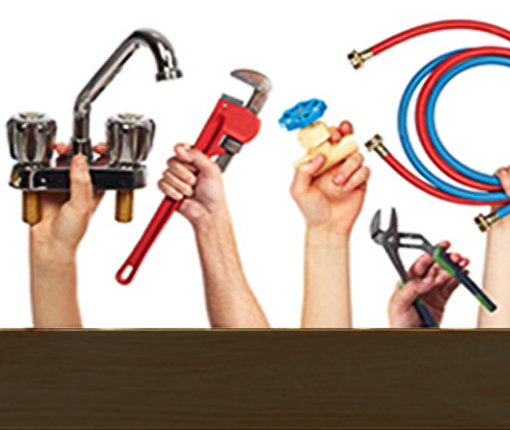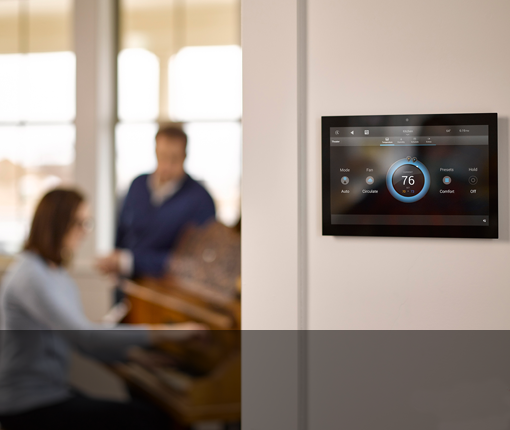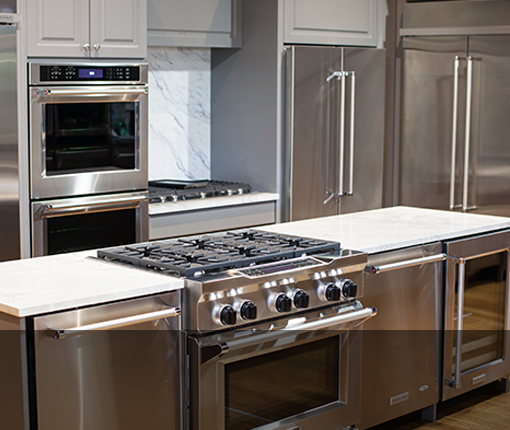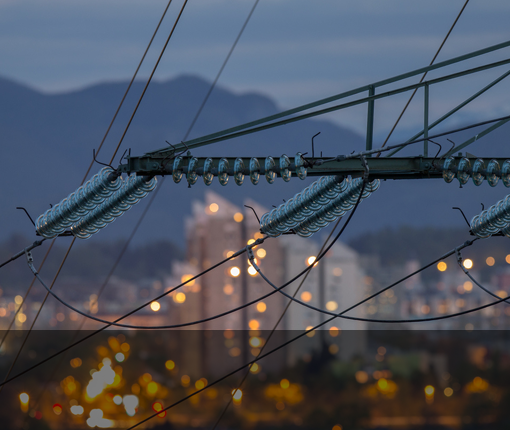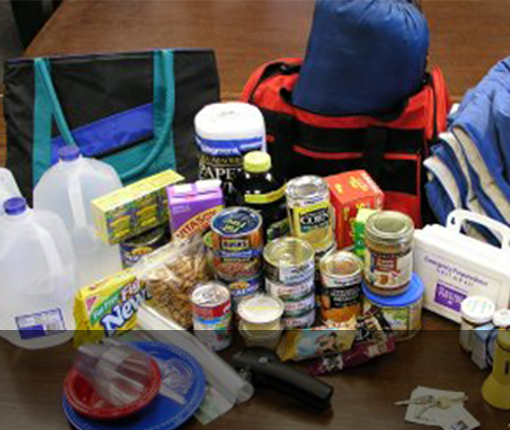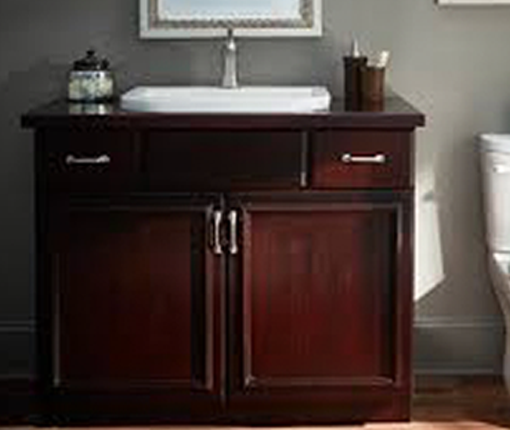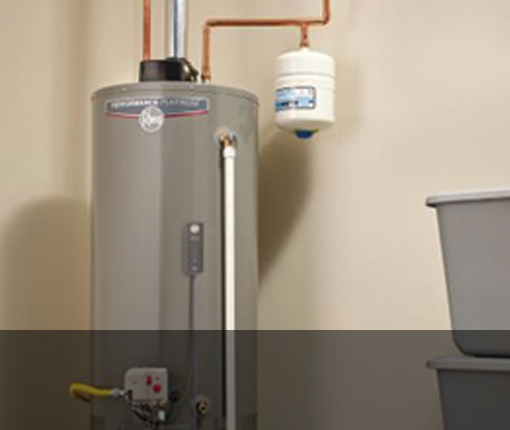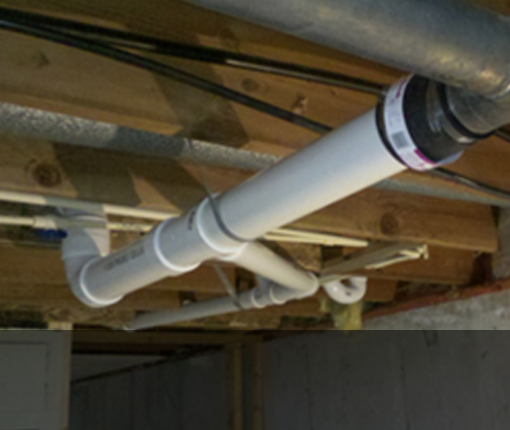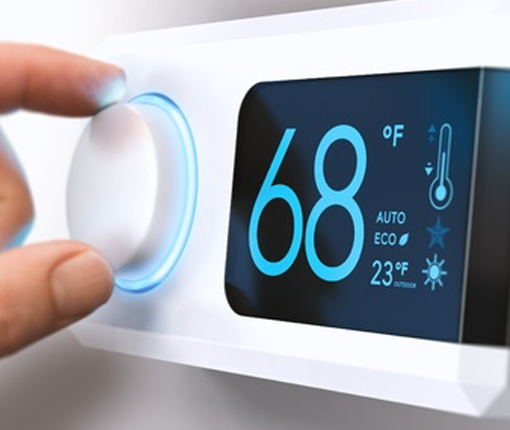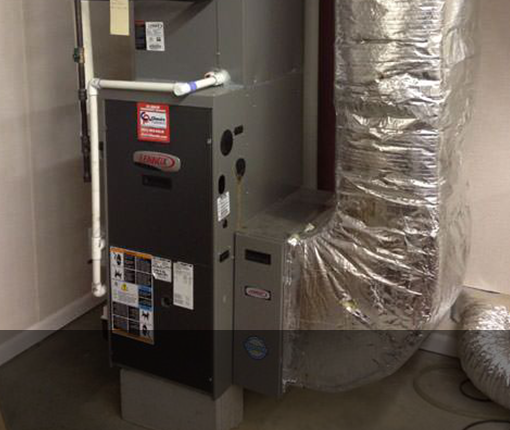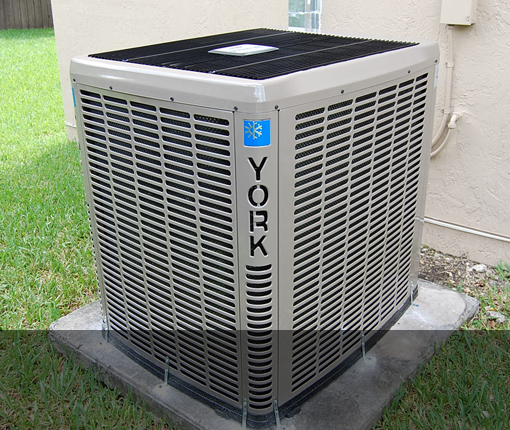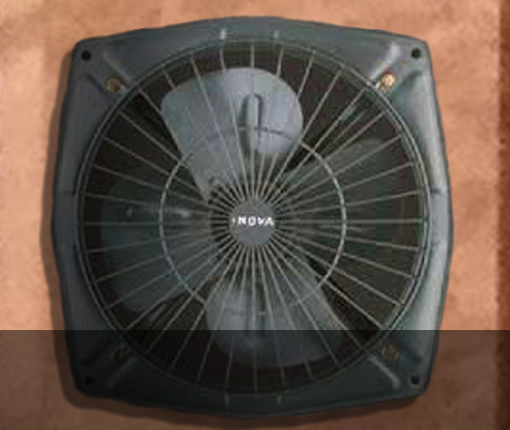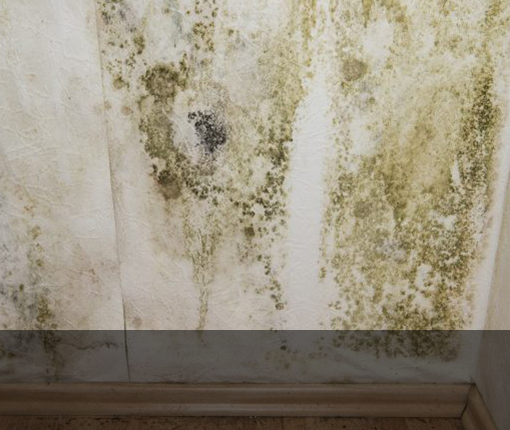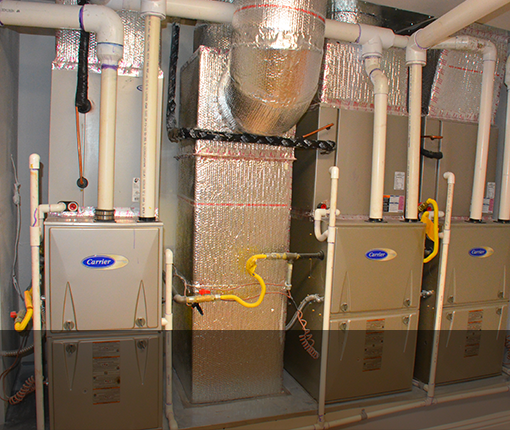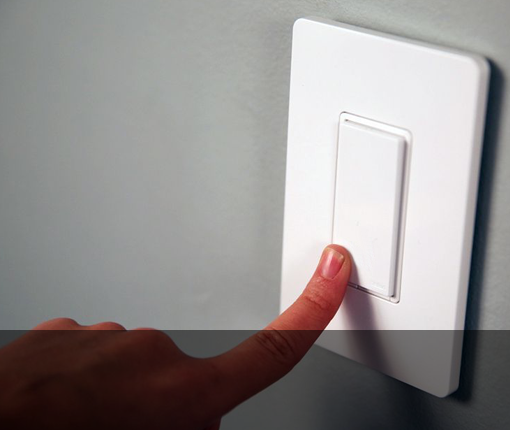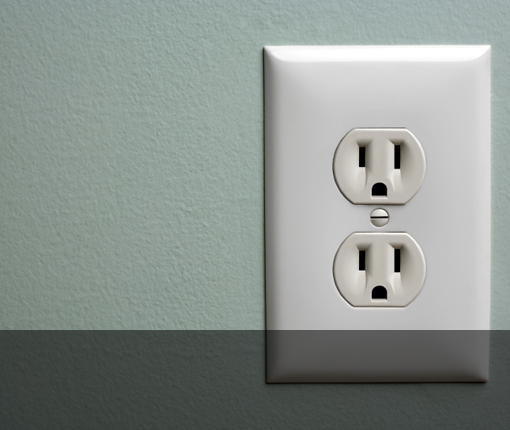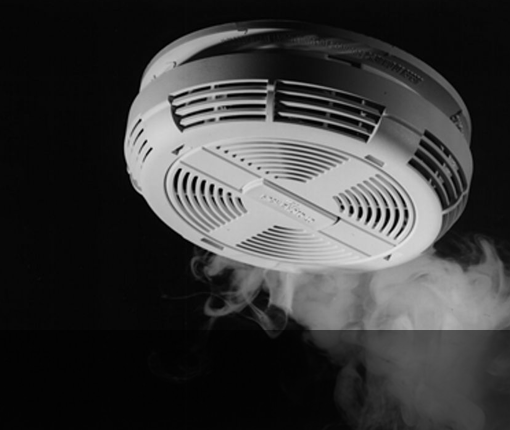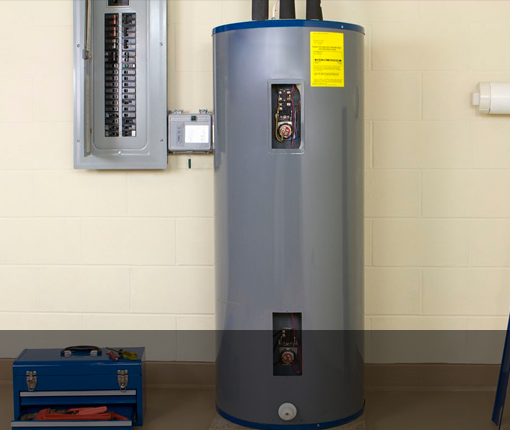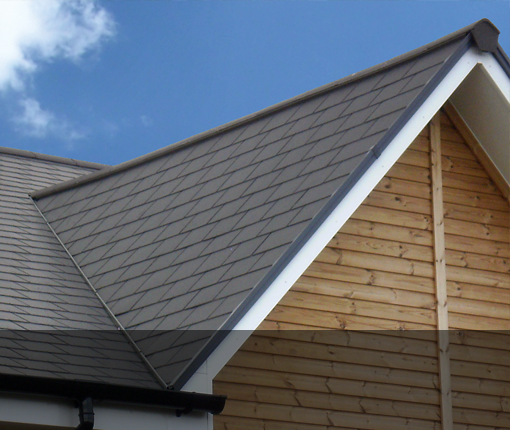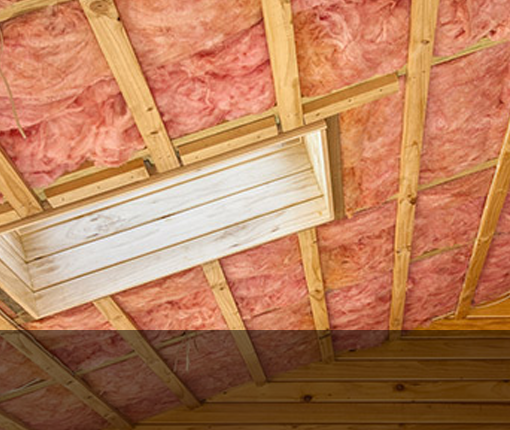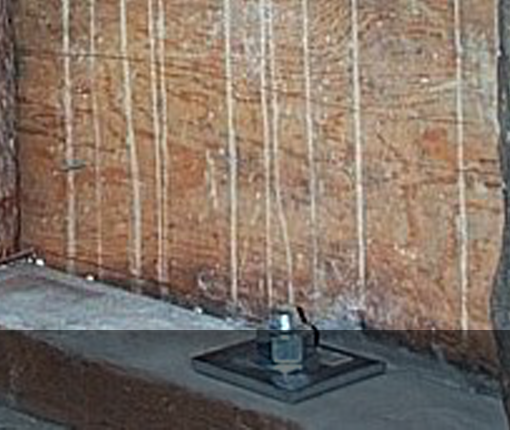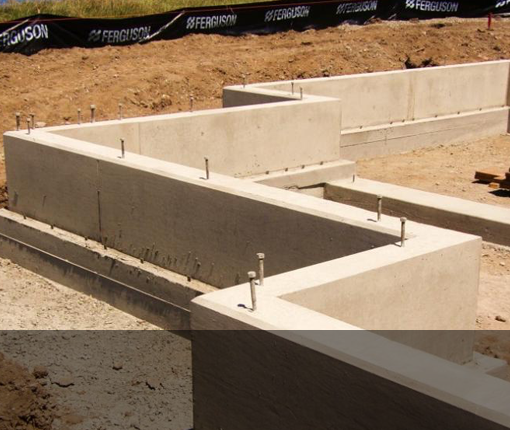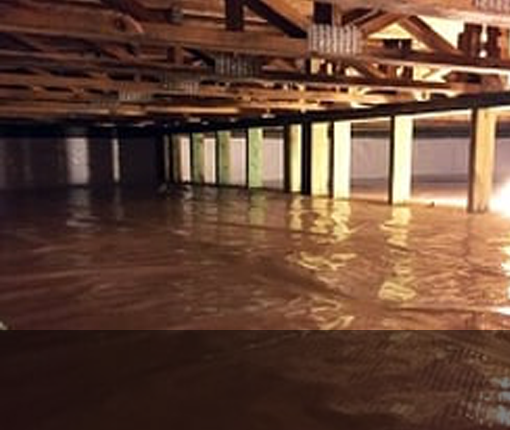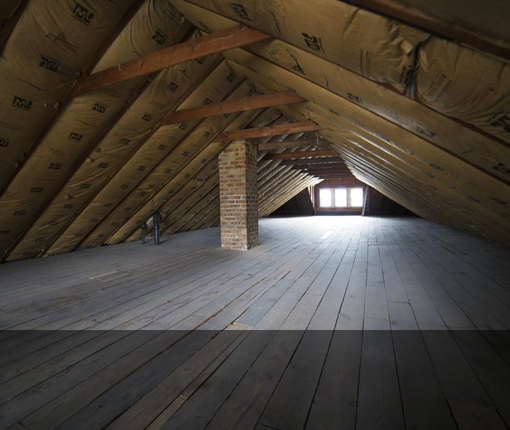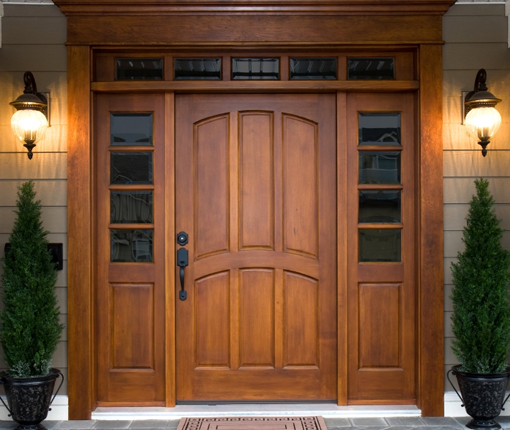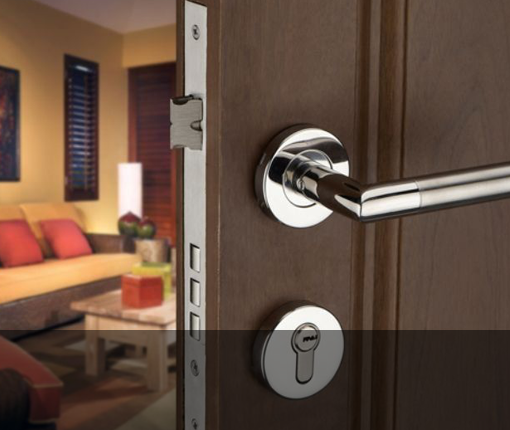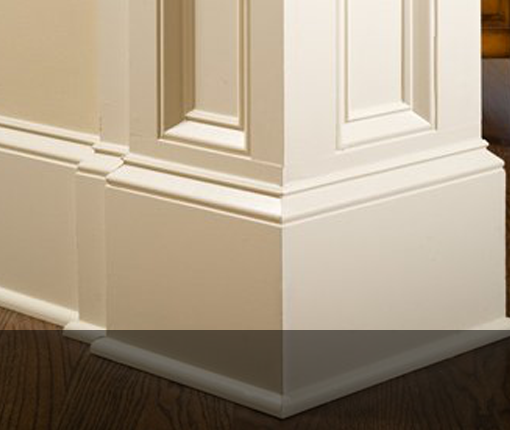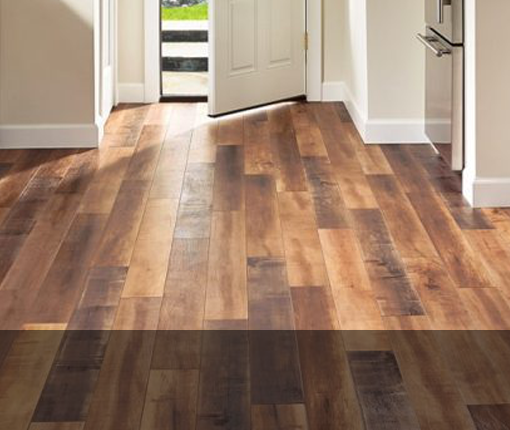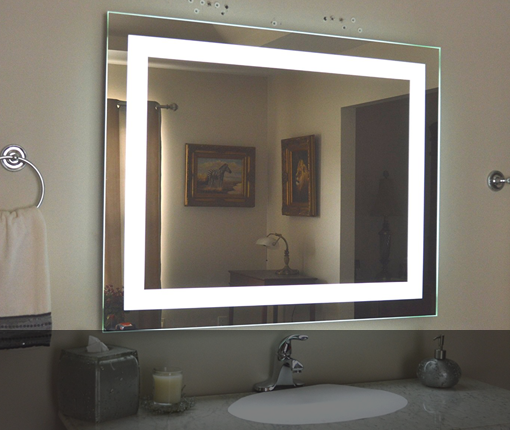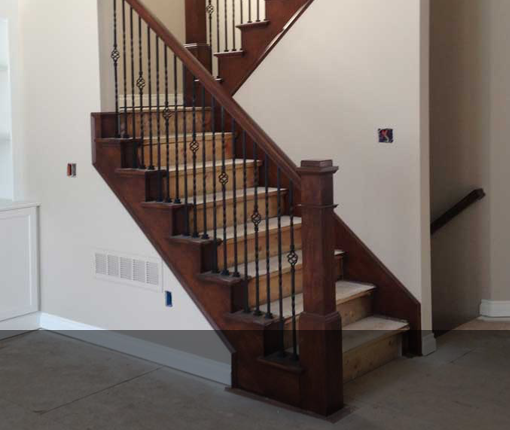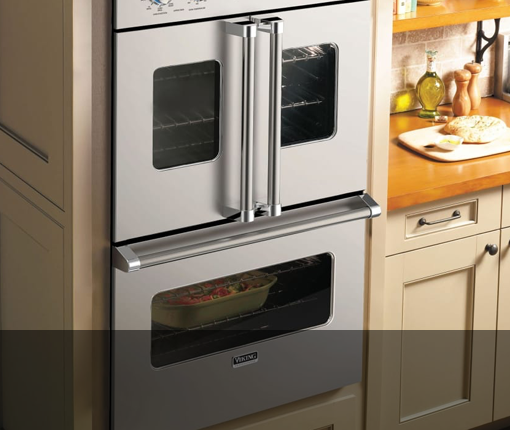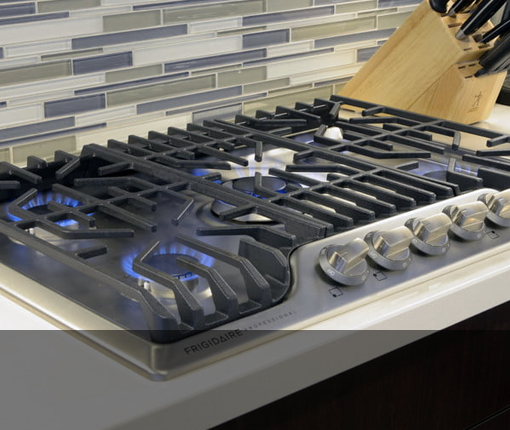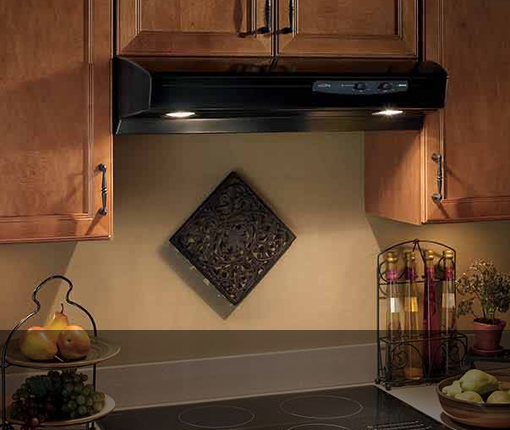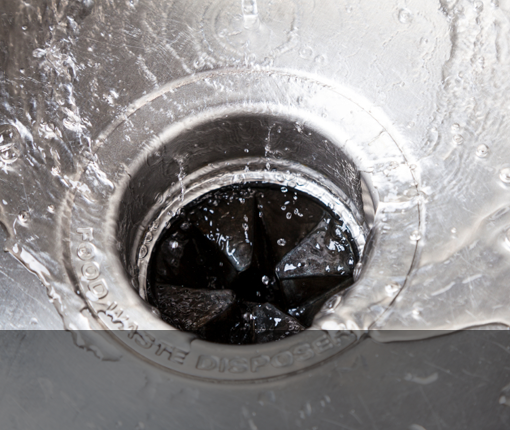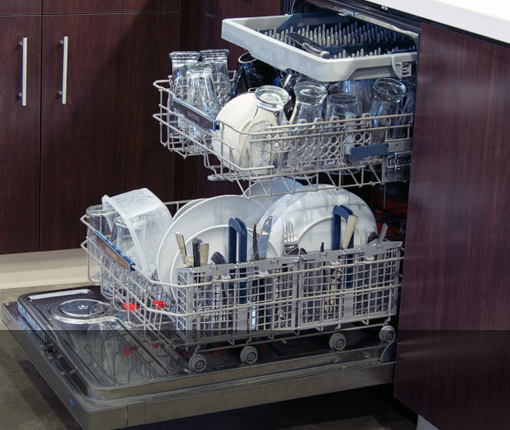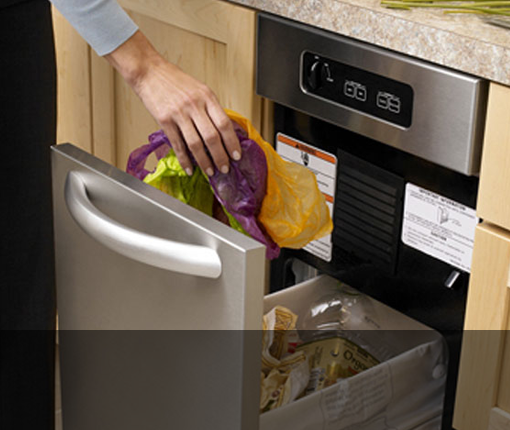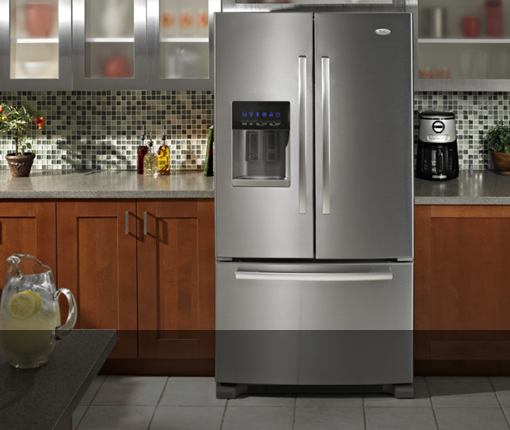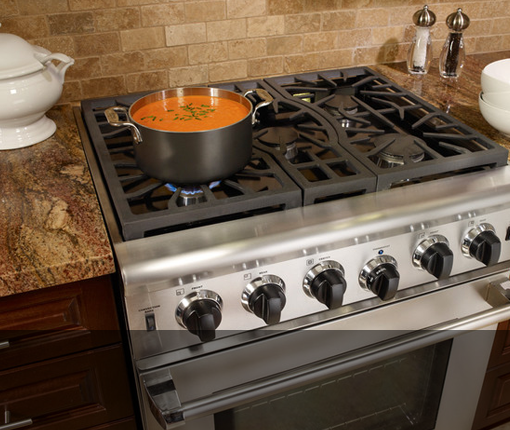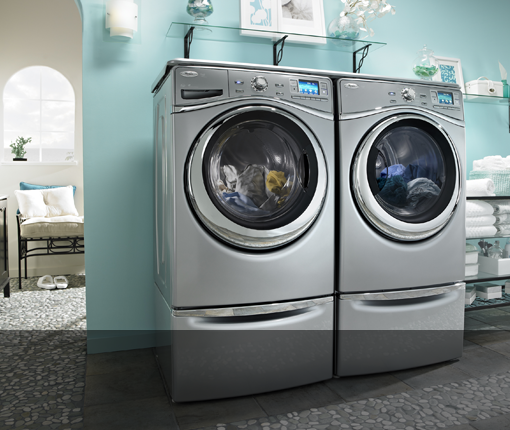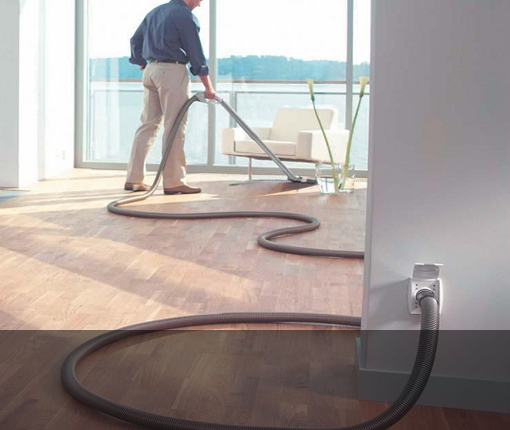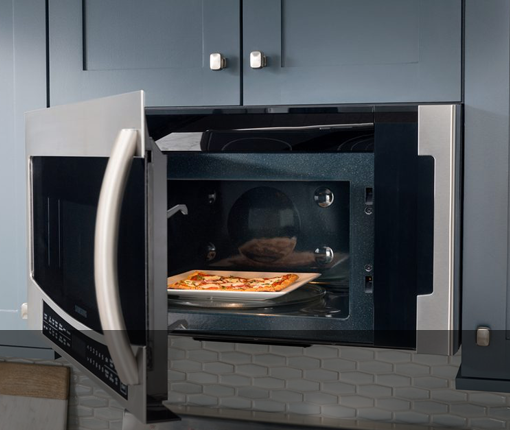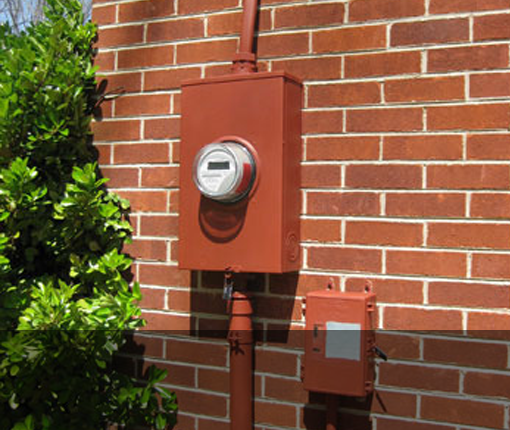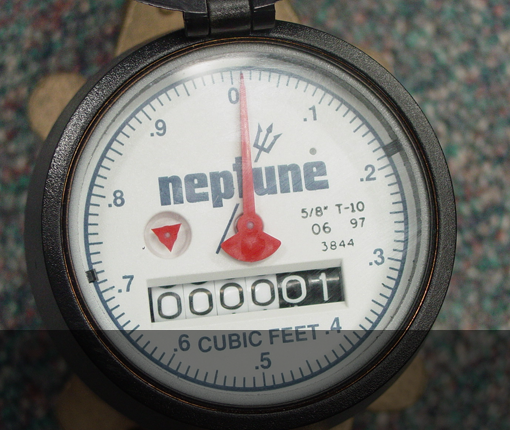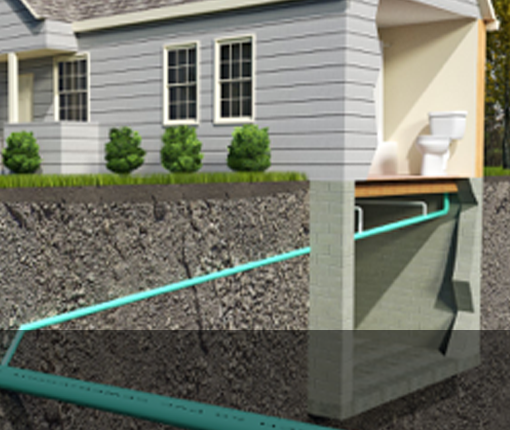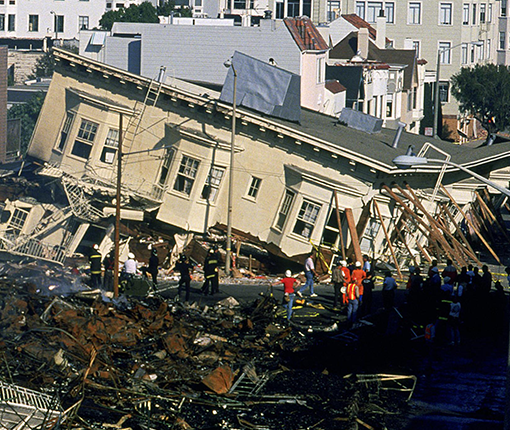Trash Compactors
The idea of trash compactors is to get more garbage into the can than if you just dumped it in loose. These appliances were heavily marketed in the 90’s and early 2000’s and a lot of them were sold. You may have one in your kitchen? Some of the manufacturers claimed they could get five times the trash into the same volume. This would save on the number of trash cans at your home and some plastic bags!
When recycling was rightfully being promoted by everyone, participating families had less trash but needed room for recycling storage. In response, many trash compactors were removed to make way for recycling bins. The irony of trash compactors ending up in the trash is not lost. Now with the death of recycling, the compactor idea may be coming back.
My experience is compactors are clunky, noisy and hard to clean. For what it’s worth, I have never been a big trash compactor fan. They can work well for large families that generate mass volumes of trash every week. In that case, a compactor may be useful especially if there is just a single garbage can available for disposal. For small families of two, it takes a while to fill up a trash compactor to the point of needing to dispose, so the smell by then can get pretty bad.
I prefer to take out the garbage while it is still smelling as fresh as garbage can be! Here’s an idea…let’s bring back sane recycling programs.
To-Do
- Find your appliance’s owner’s manual and place it in a secure location for instructions on your specific appliance. If you have lost the manual or want a second copy, you can usually find them on line.
- Keep the internals clean and replace the inner bag liner frequently.
- Never use steel wool for cleaning your appliances, especially stainless steel.
- Stainless steel should only be cleaned with warm sudsy water or a special cleaner made specifically for stainless steel. Always wipe the surface of stainless steel in the direction of the “grain” only with a soft completely clean cloth.



